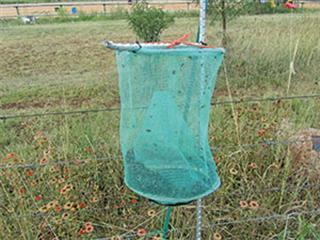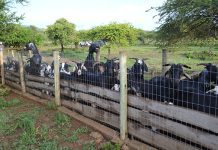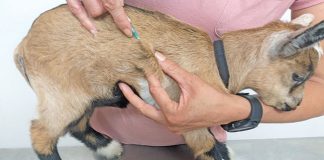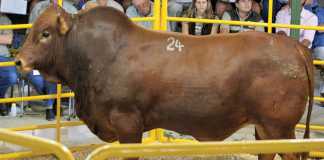
Like many other horse owners, we’ve had an embarrassing amount of flies in the stables this year. After the recent Farmer’s Weekly article on Stomoxys, fly control expert Jenny van der Hoff visited my farm to explain some practical aspects of fly control.
She looked around and pointed to a large pile of open sacks containing manure that had been cleaned out of the stables. Each bag was hatching fly pupae in the collected manure, she said.
The sacks are collected every second or third week by a local garden compost manufacturer. Closing the bags will start the composting process and also prevent hatched flies from escaping.
Warm and damp
Next, Jenny moved into our barn, where we use a ‘deep litter system’. The surface of the bedding in the stables was dry, but she scrabbled down into the underlying dampness, revealing squirming fly maggots.
Jenny explained that fly eggs are soon covered by hay and fresh manure. After hatching, maggots burrow between 10cm and 20cm under the surface. The mature fly larvae then move closer to the surface to pupate.
The pupae are stimulated to ‘hatch’ when it’s warm and damp. This is why grooms are taught to ‘turn over’ the bedding twice a day in stables. It interrupts the life cycle of flies.

Jenny van der Hoff scratches below the dry surface of the deep litter system to show the underlying dampness.
Fly Catchers
Jenny also suggested that, if you use a deep litter system in stables, composting should be promoted and the surface regularly sprayed with probiotics. Leftover hay, and lucerne, in particular, tramped into the bedding, is a breeding ground for Stomoxys flies.
Sweeping up excess hay is therefore vital in the barn where hay is stored, and bales should be stacked on palettes. Jenny then showed us the ‘dry’ fly catchers she’s developed, and which will usually be functional for the full fly season.
A recipe for fly bait is supplied when you buy the catcher. The ingredients include commercial fly bait, flour, molasses and yeast. After mixing these with 2l hot water, the bait is fermented for about a week, then diluted with 3l cold water.
Each fly catcher is baited daily with about 50ml of the mixture. The catchers should be placed at least 5m to 10m away from the stables, to make ‘bait odour hotspots’ that will lure flies away from your horses.
Flies caught in the traps die and dry out, so it’s not necessary to clean the traps as the flies turn to dust and are blown away.
For more information about fly control and catchers, contact Jenny van der Hoff at [email protected].













